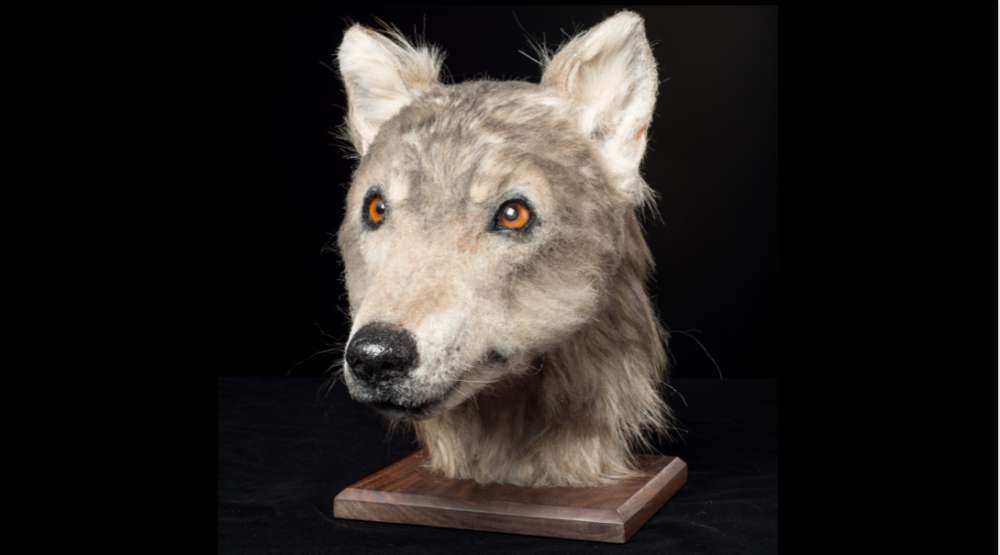Crime shows have long made use of facial recognition software (and the government is in on it big time), but now scientists are using it to give the masses something that is not at all invasion of privacy-ish – the faces of 5000-year-old dogs.
The Historic Environment Scotland (HES) used facial reconstruction technology to reveal the face of a Neolithic dog that lived among humans more than 4,000 years ago.
They used a skull found over a century ago in Scotland’s Orkney Archipelago, in a cairn built between 3,000 and 2,400 BCE. It’s a prime example of a Neolithic tomb used for ancient burials in the region, and people were often buried with their families and with objects that held meaning.
Including, it would seem, their dogs.

Photo Credit: Pixabay
Radiocarbon dating has shown that the dog bones were placed in the chamber more than 500 year after the tomb was built, which suggests to archaeologists that the dogs played an important role in society and were perhaps buried there for ritualistic reasons.
Steve Farrar, a manager at HES, said:
“Just as they’re treasured pets today, dogs clearly had an important place in Neolithic Orkney, as they were kept and trained as pets and guards and perhaps used by farmers to help tend sheep. But the remains discovered at Cuween Hill suggest that dogs had a particularly special significance for the farmers who lived around and used the tomb about 4,500 years ago. Maybe dogs were their symbol or totem, perhaps they thought of themselves as ‘dog people.'”
If so, we can definitely claim them as our own.

Image Credit: Historic Environment Scotland
And now scientists have used CT scans and 3D printers – along with the skills of forensic artist Amy Thornton – to bring the face of this ancient dog to life. Though Thornton had to navigate troubles like an inability to know how deep the dog’s tissue was, she persevered.
From their efforts came the head and neck of a dog that would have been about the size of a modern collie and covered in gray, wolf-like fur.

Image Credit: Historic Environment Scotland
“Looking at this dog helps us better relate to the people who cared for and venerated these animals, people whose ingenuity and sophistication made Orkney such an important place in the Neolithic and who have left us with such a rich legacy of monuments today,” continued Farrar.
It really does give me, at least, more of a sense of connection to the humans of the past. The fact that they, too, loved having dogs around (even in death), makes it that much easier to see how we got from there to here.






